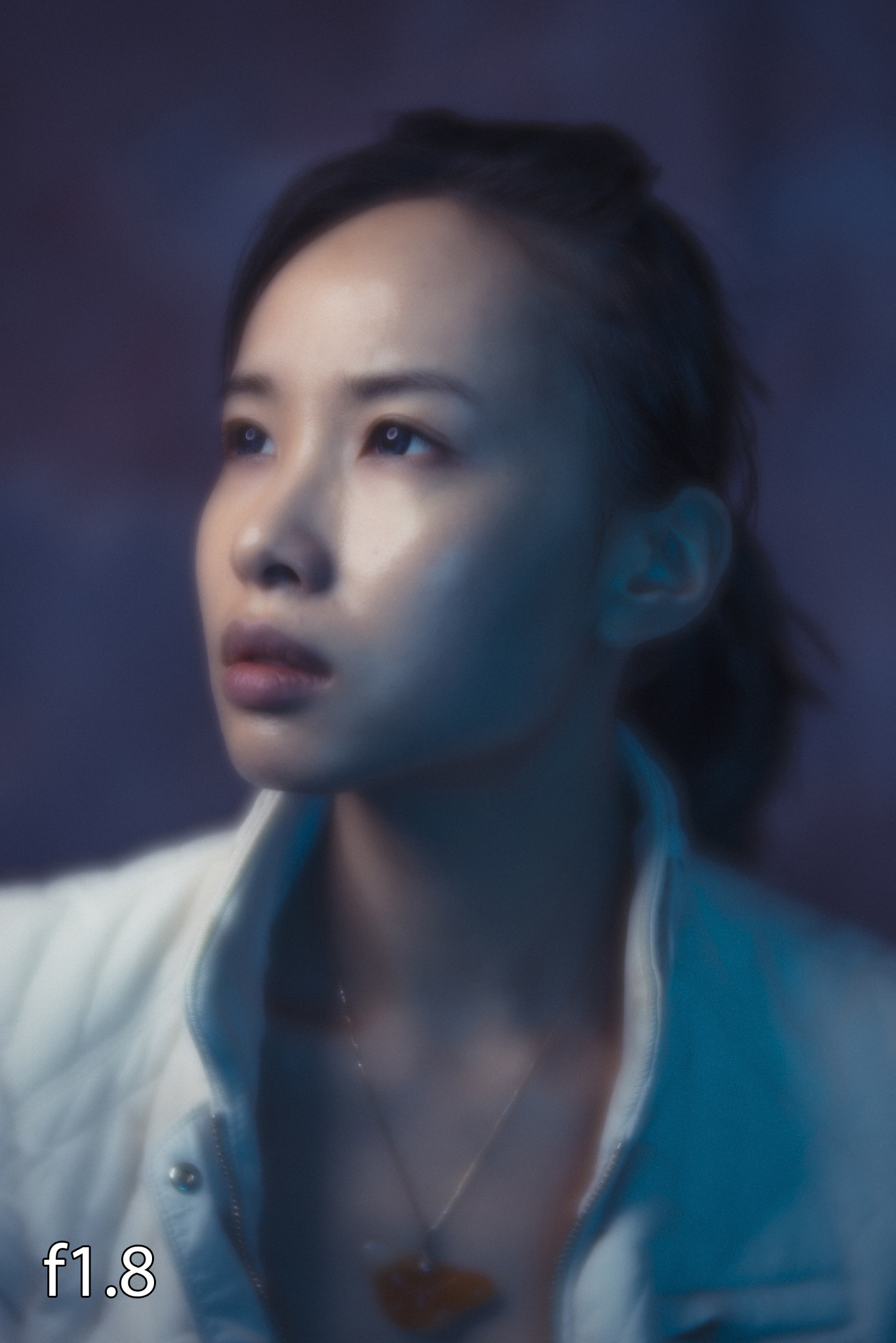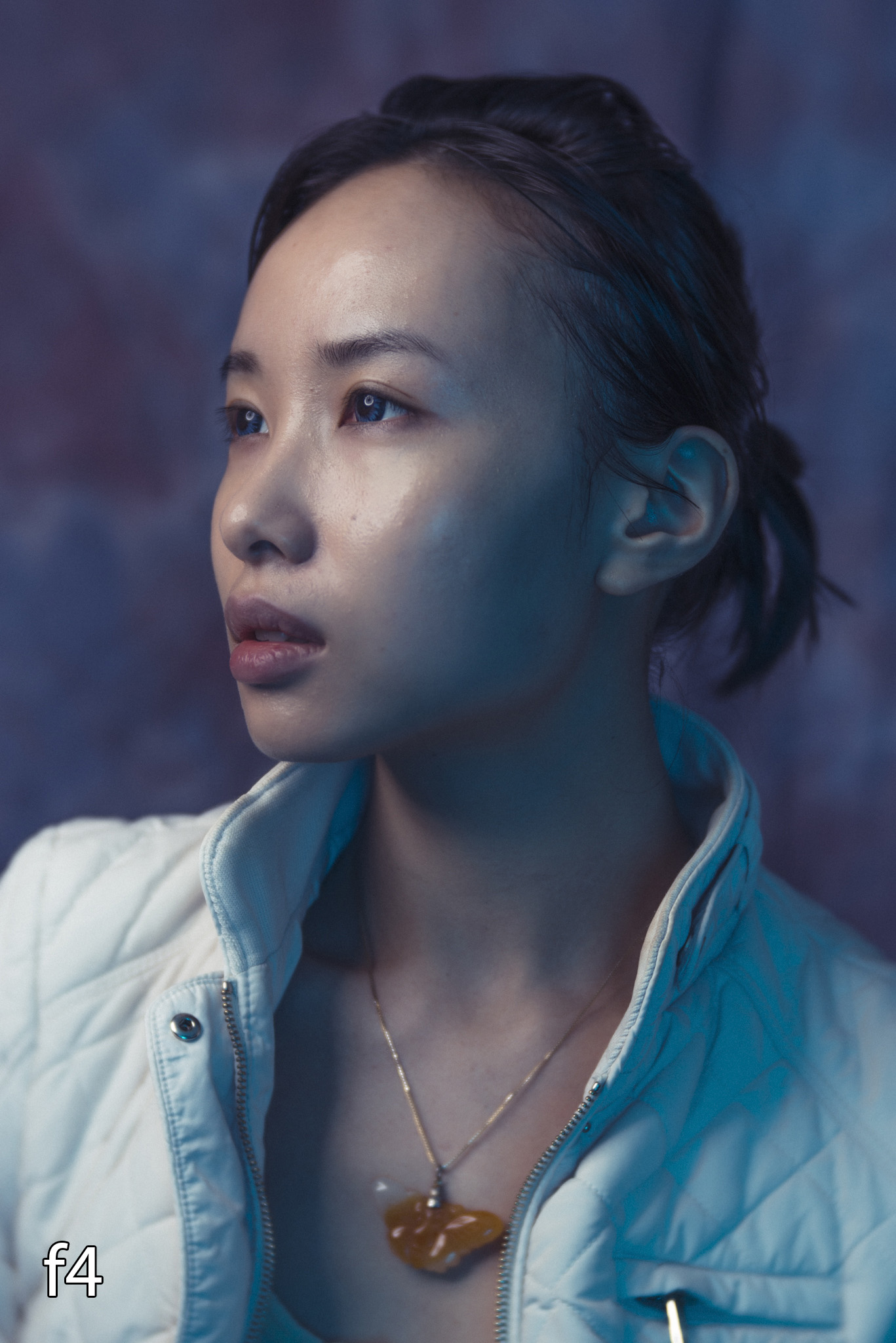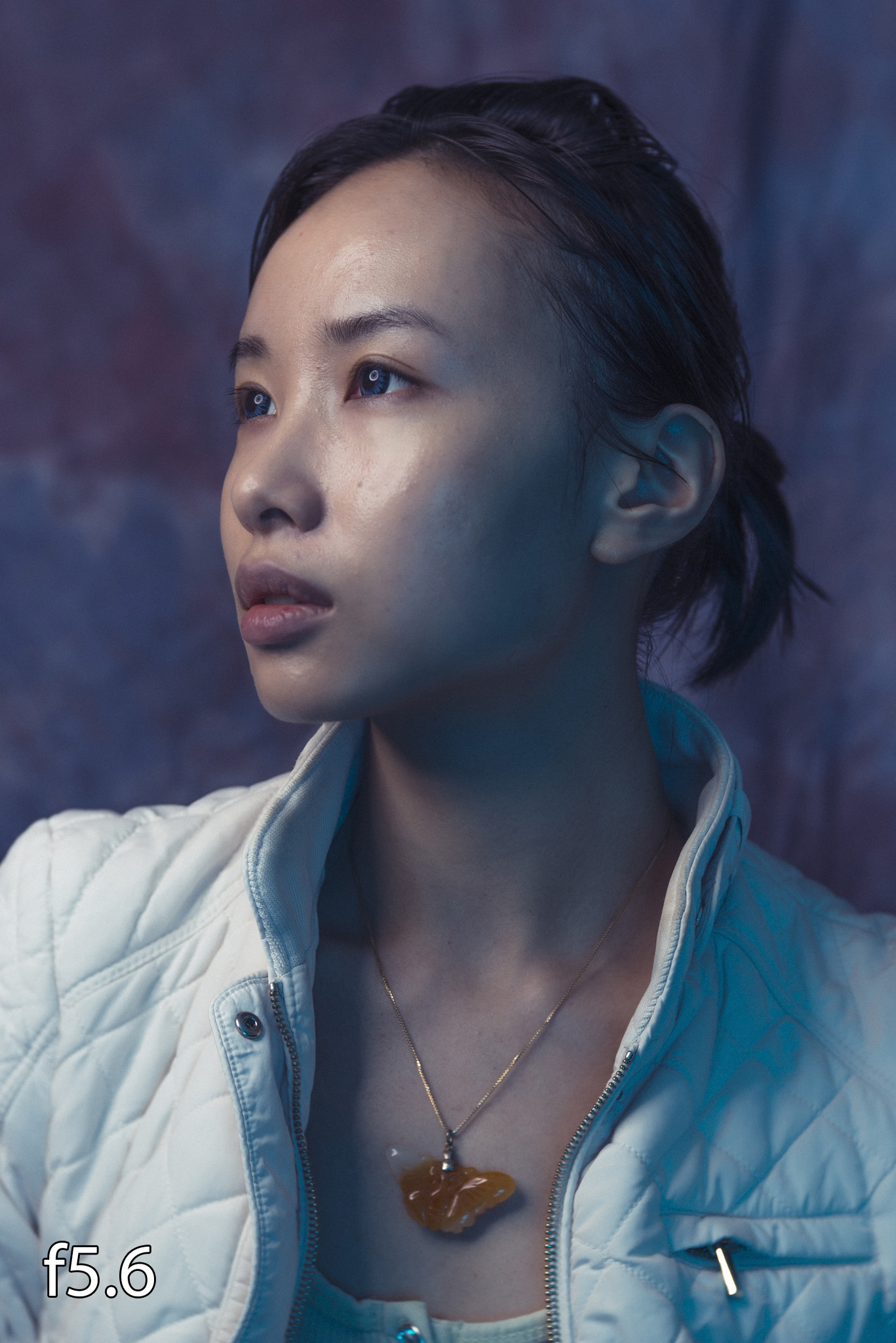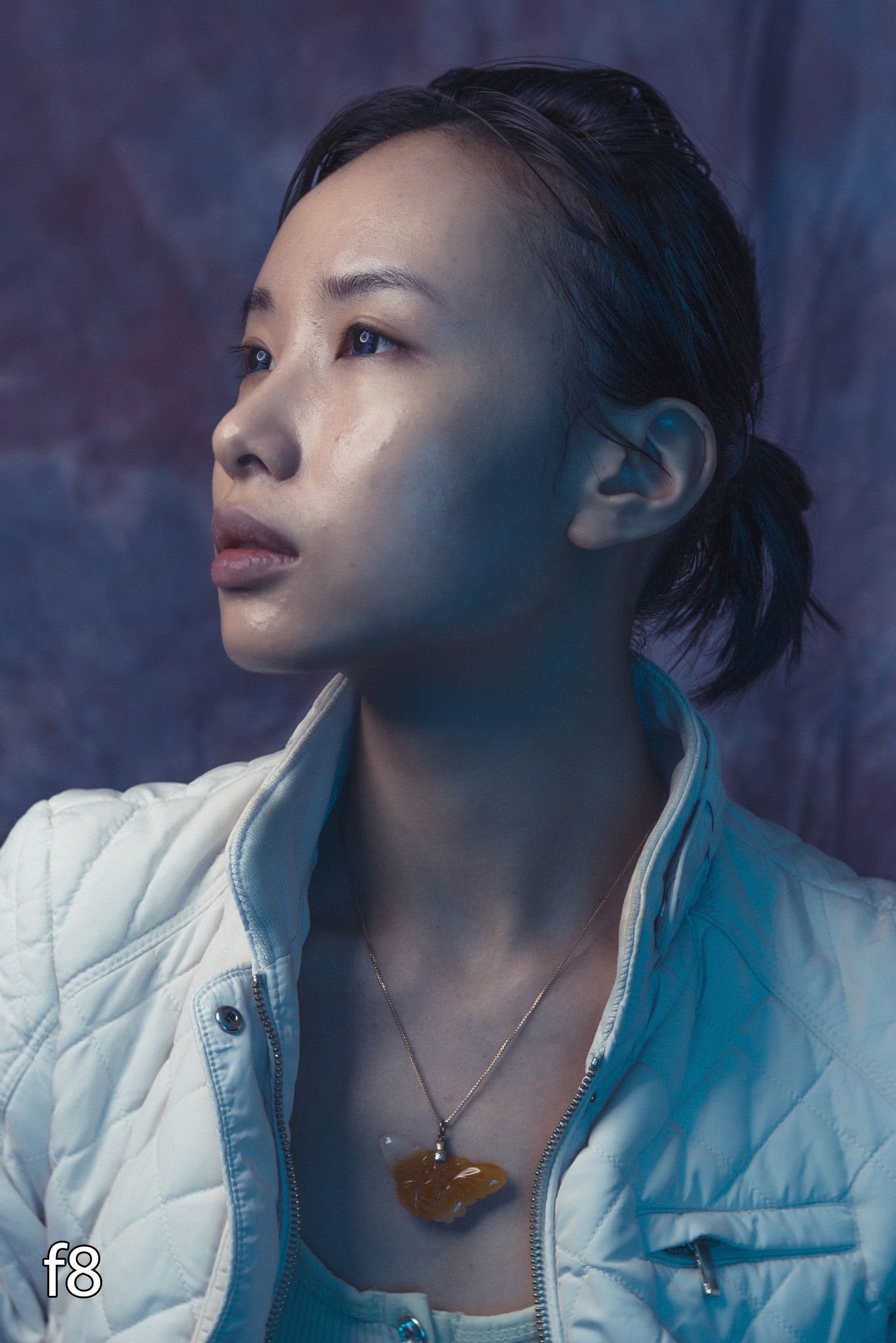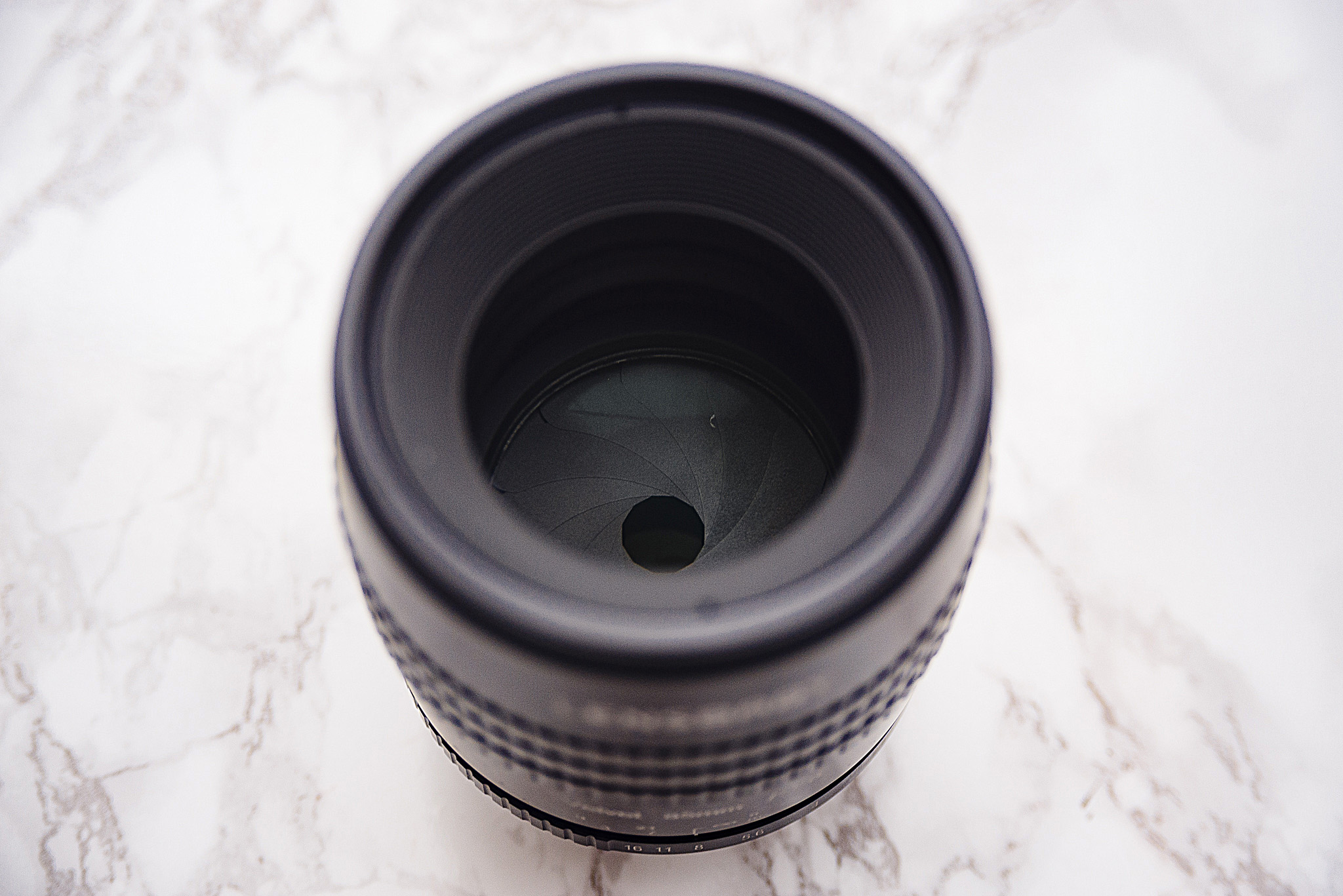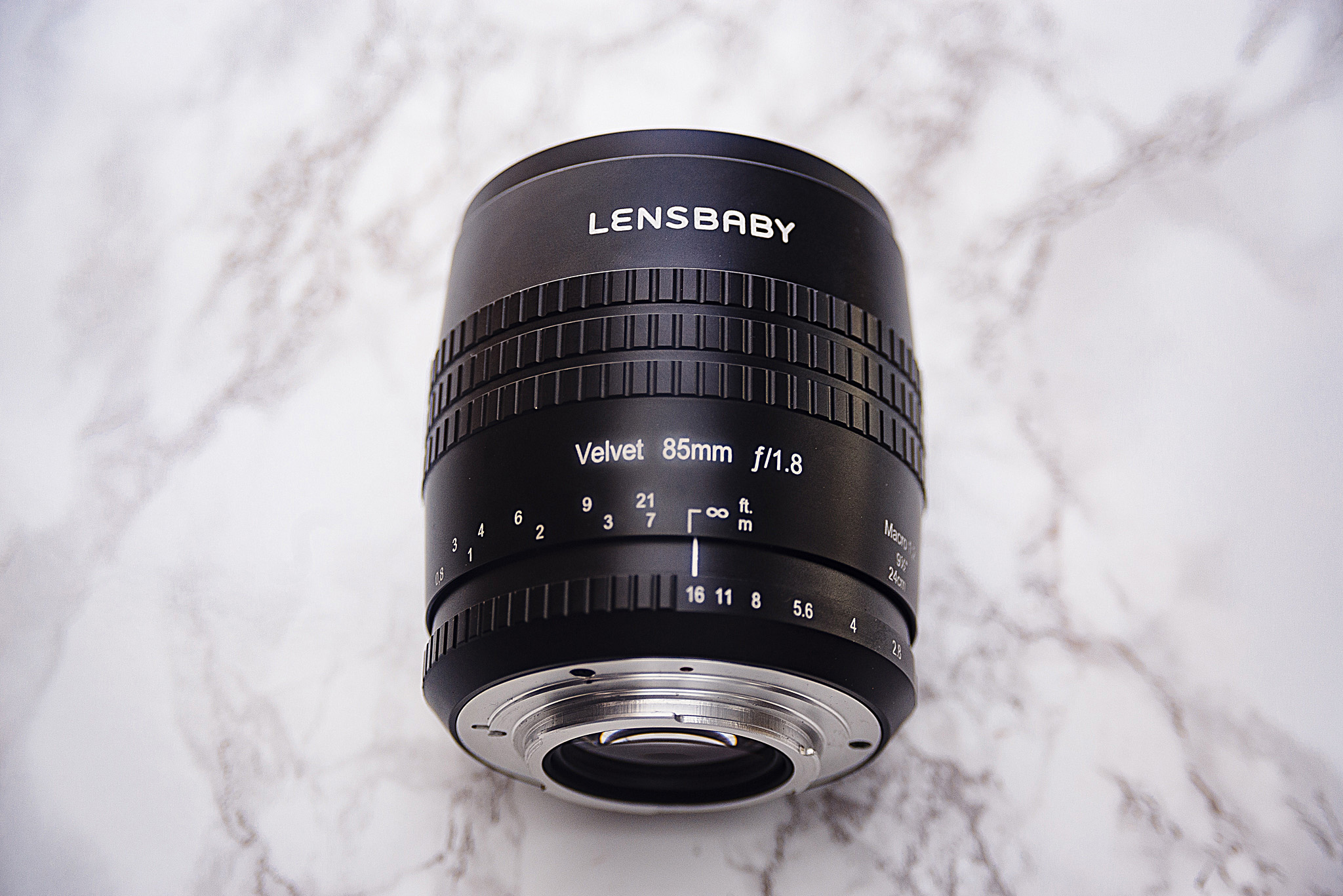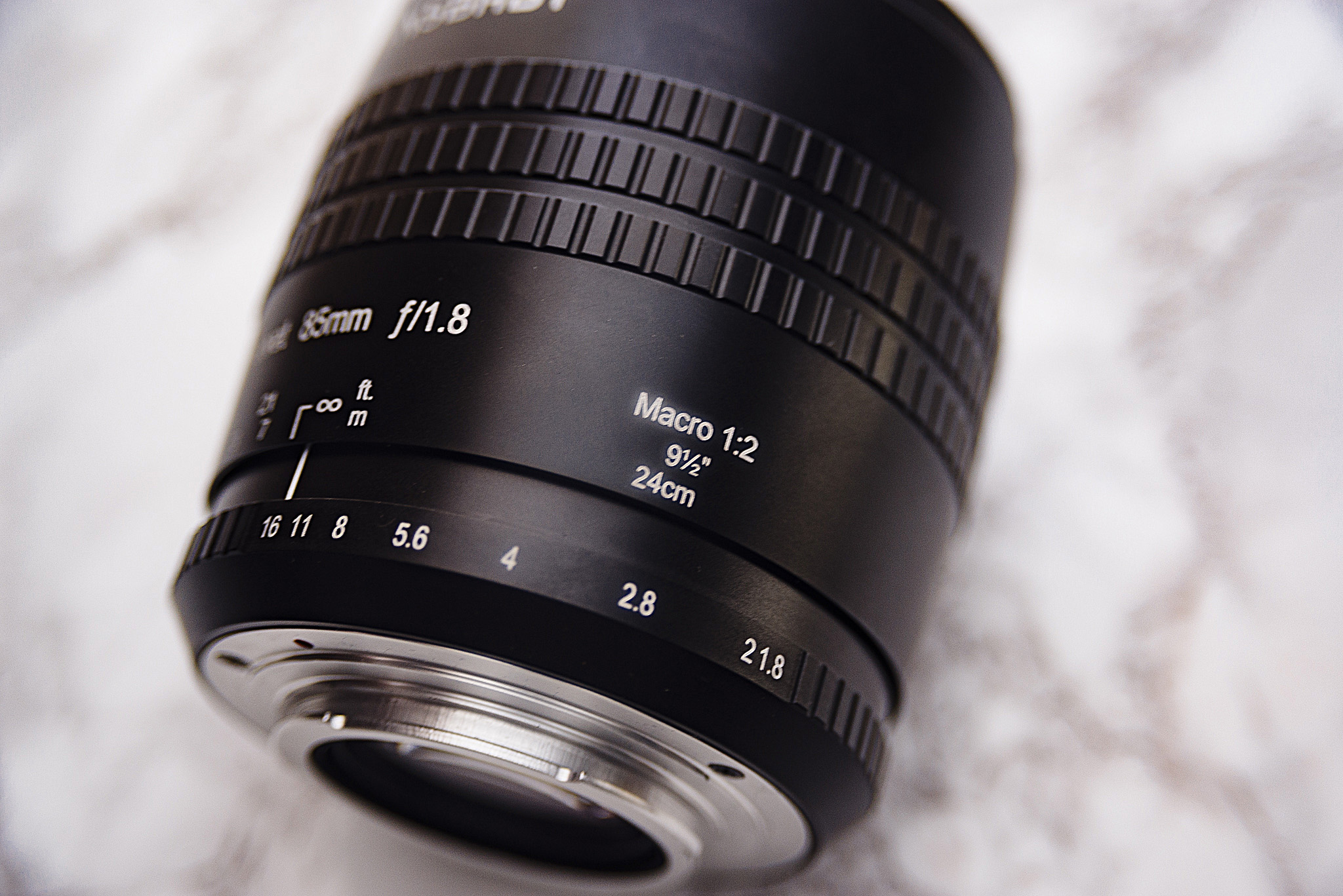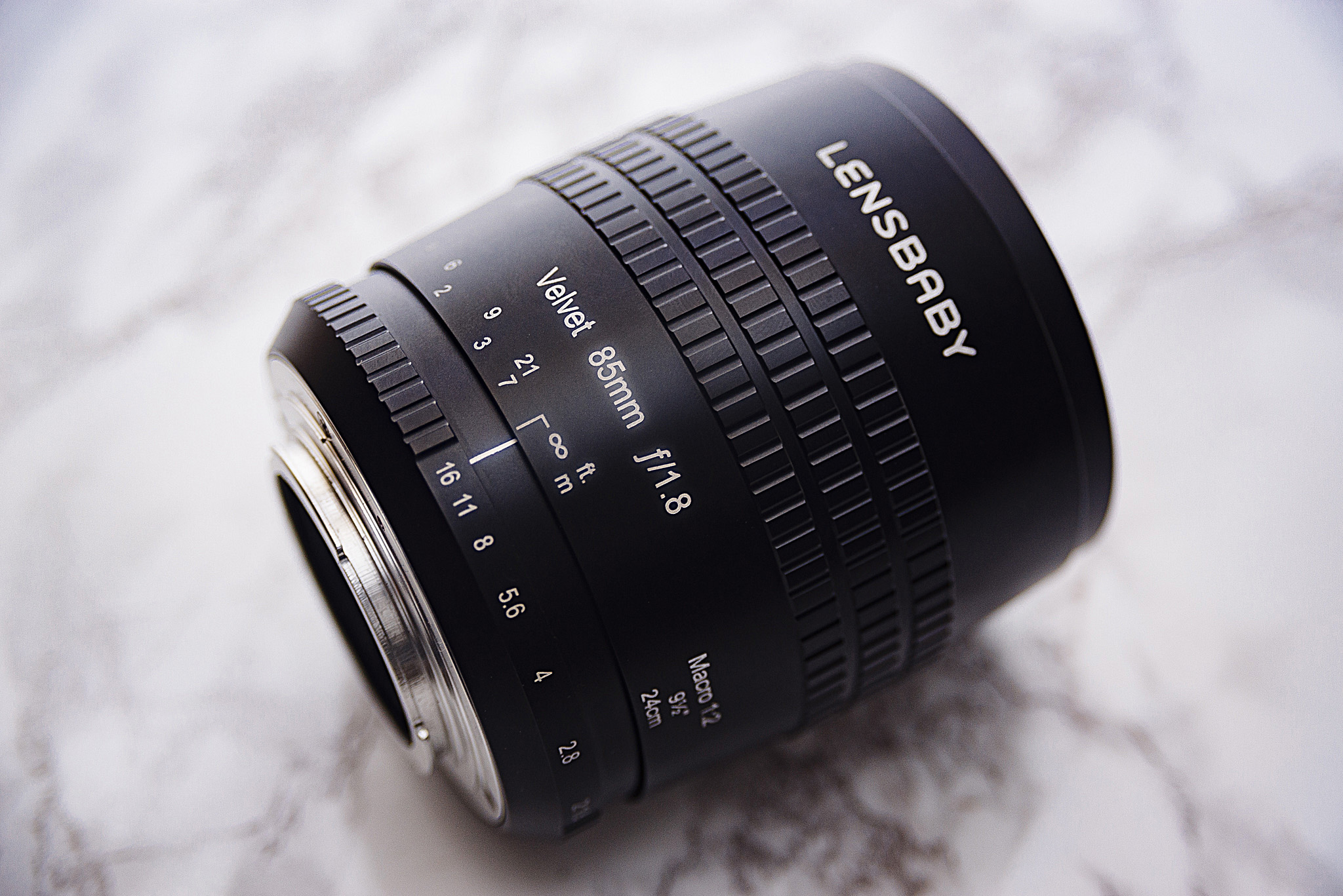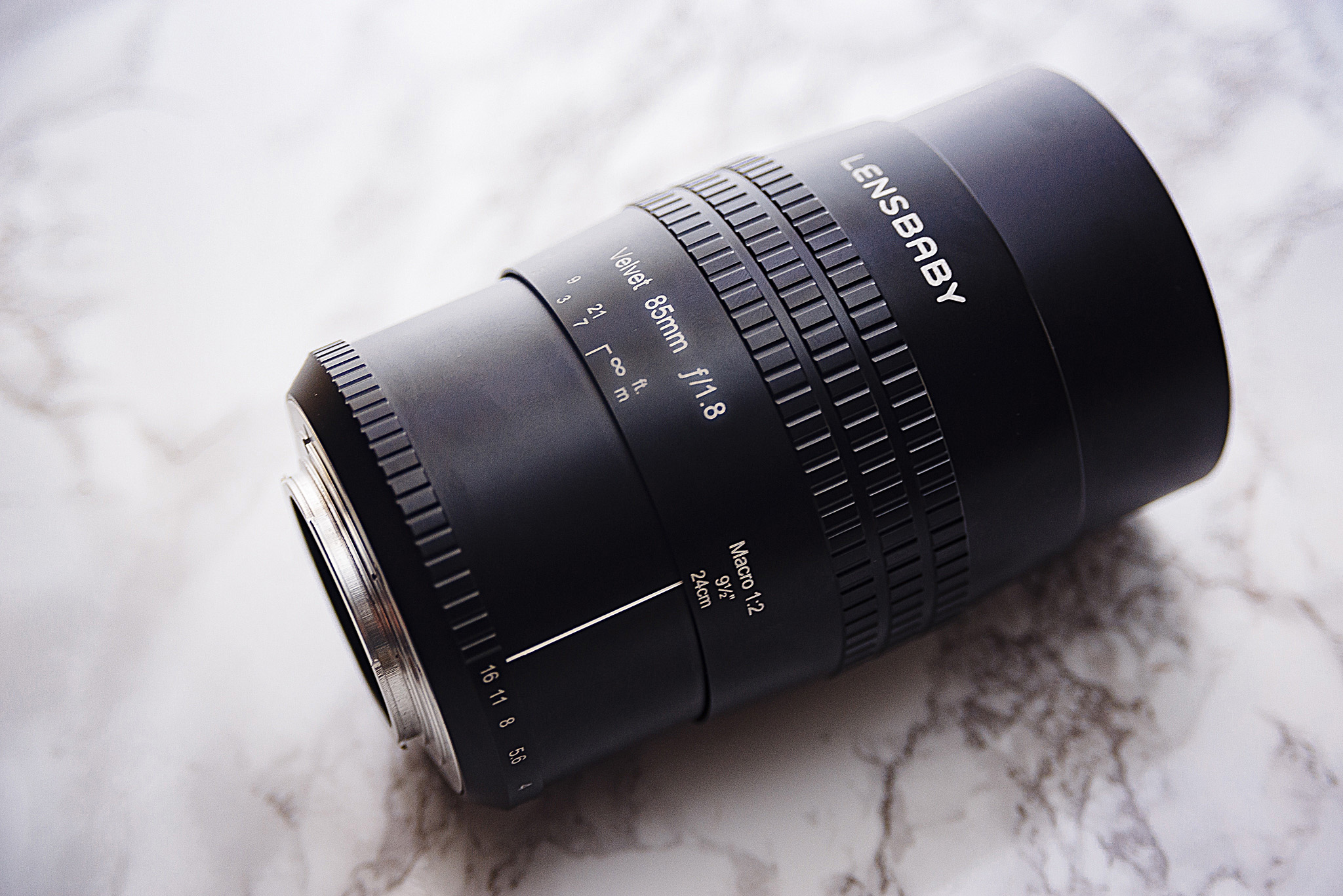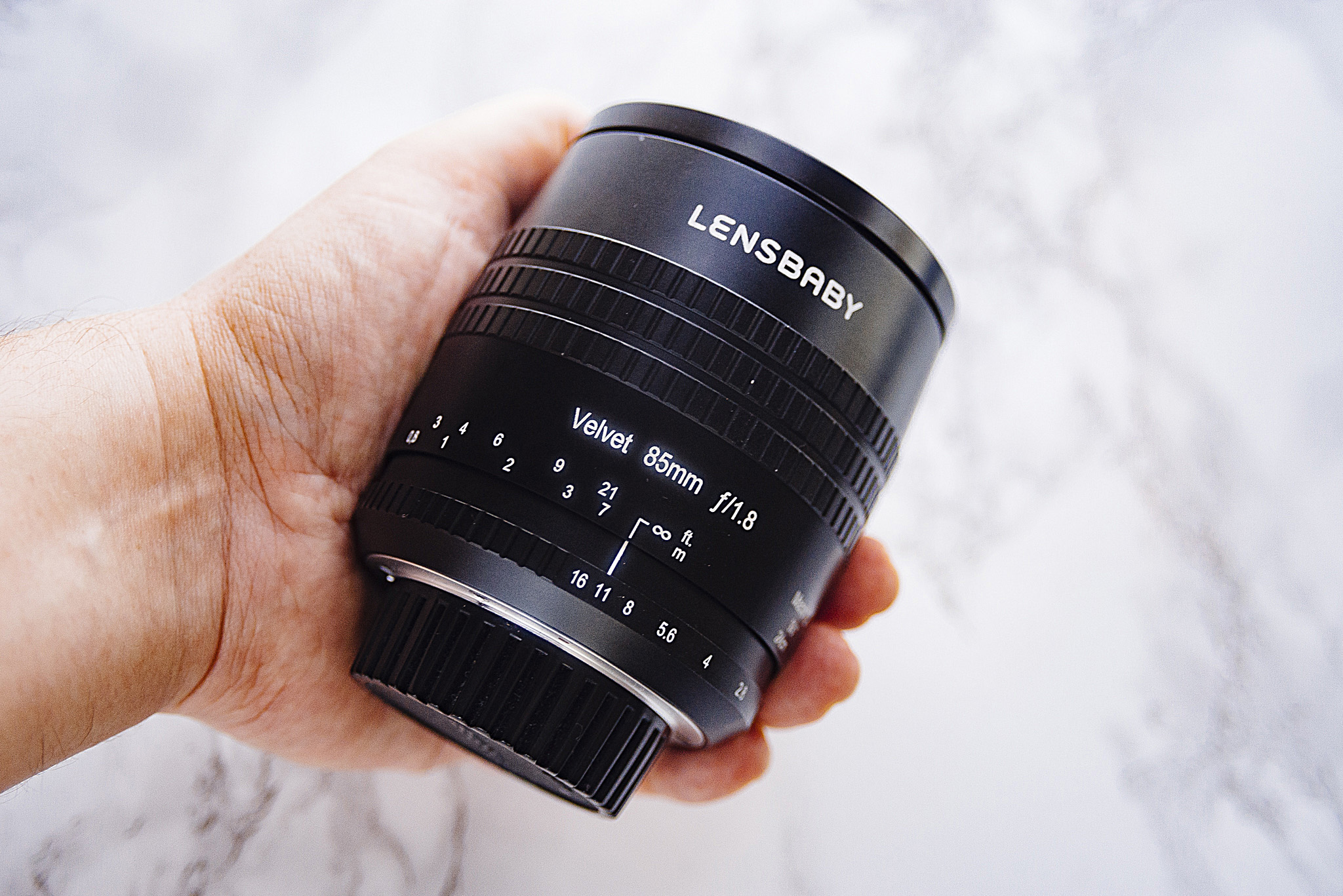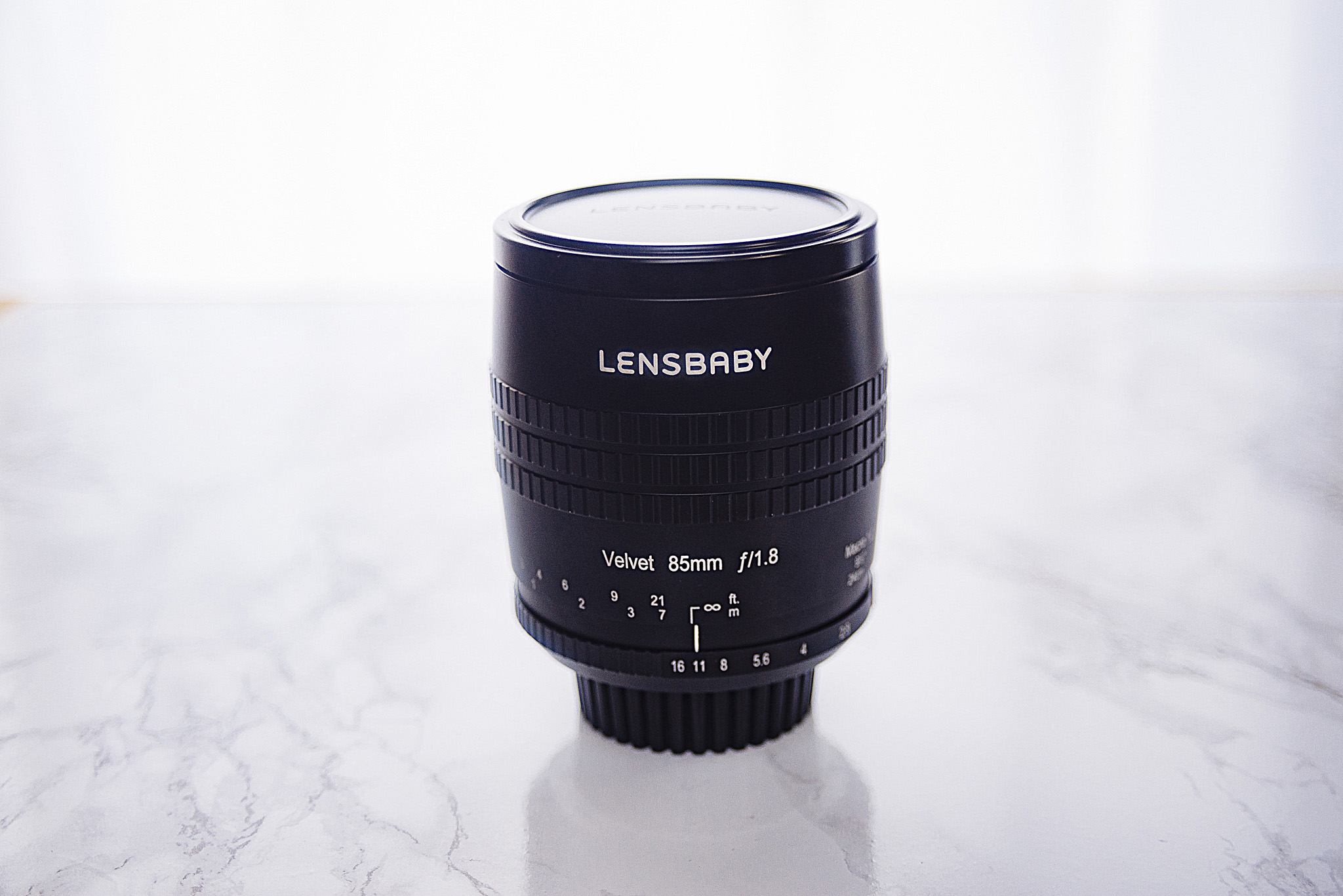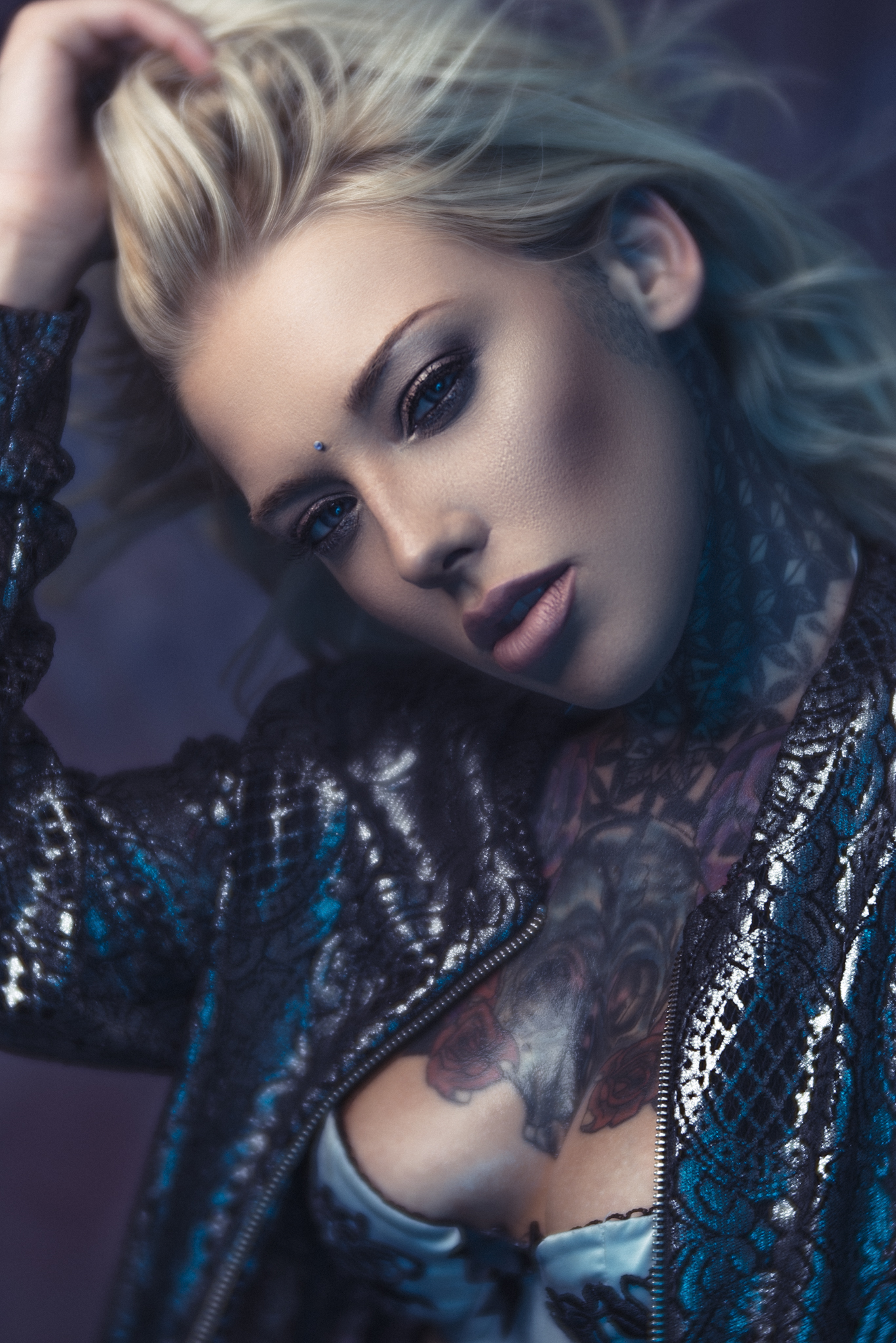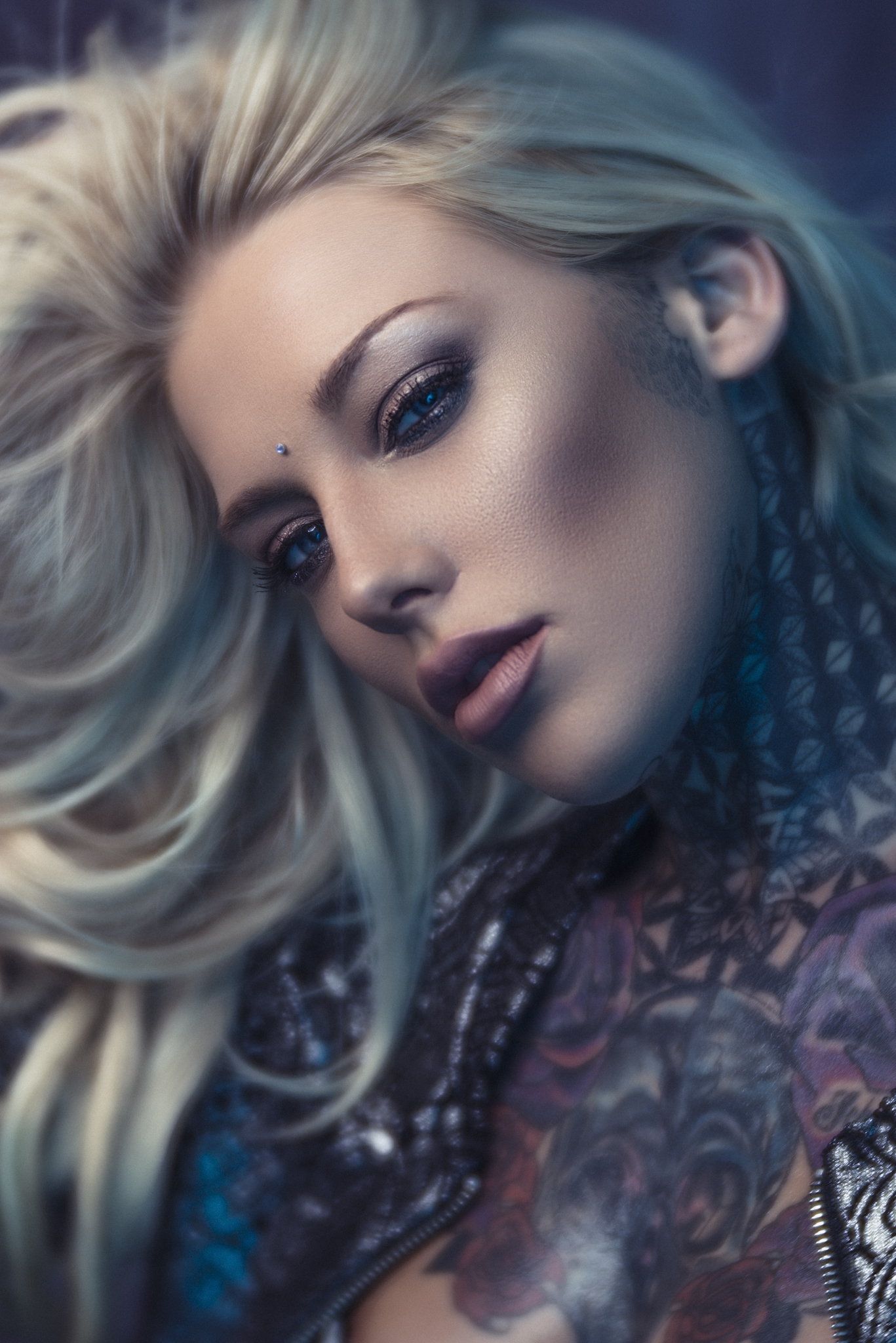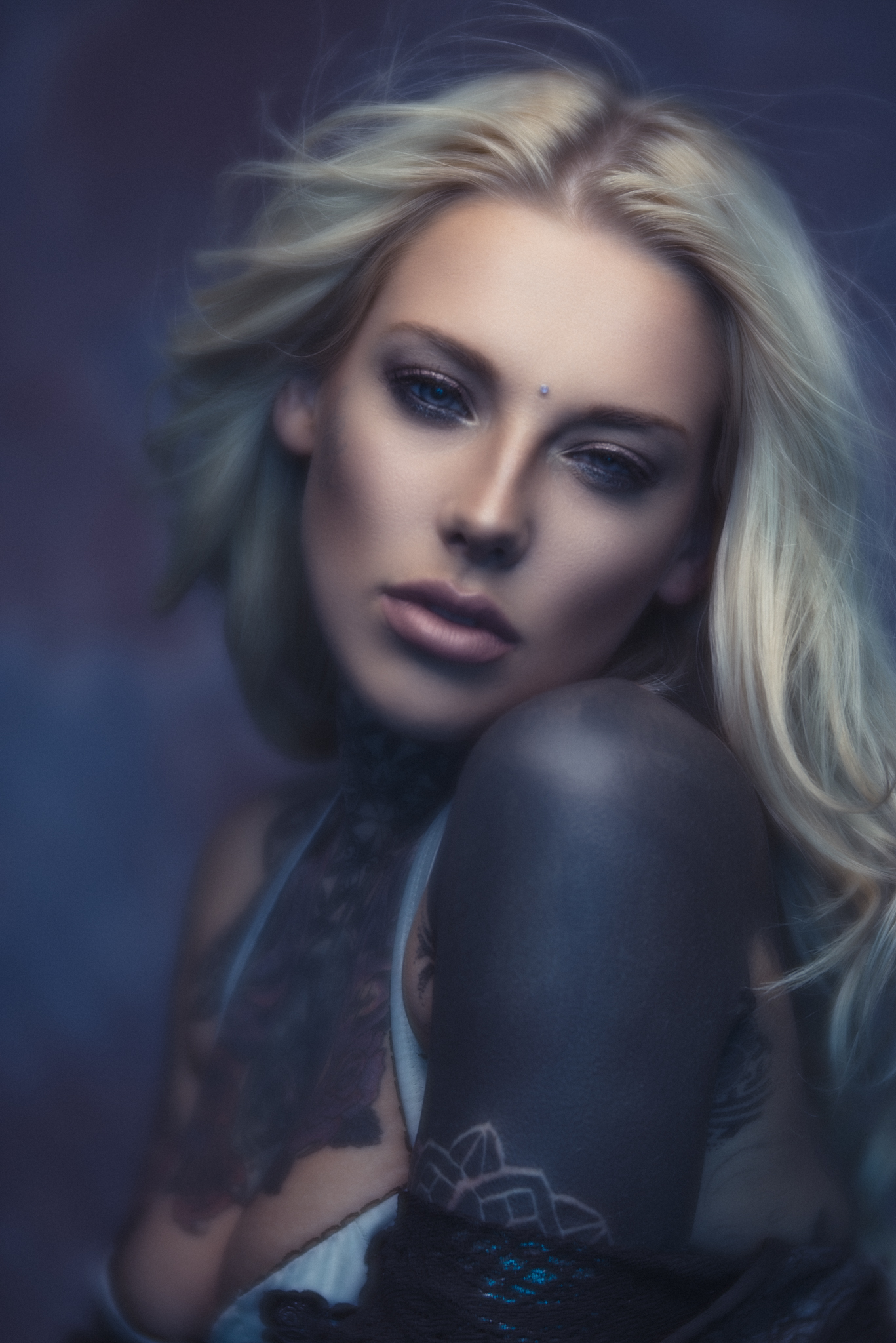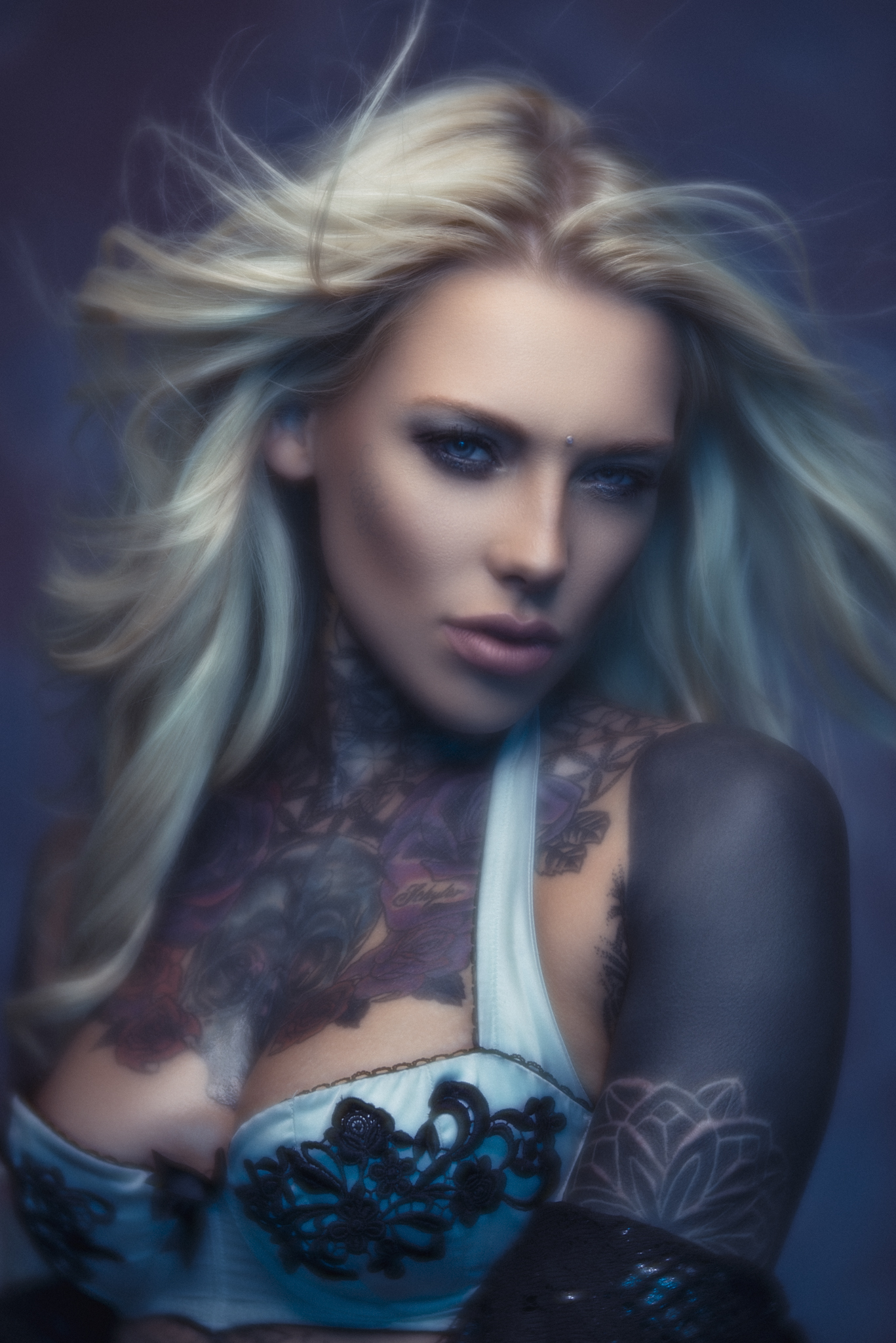The majority of my work involves bigger more complicated setups that require multiple lights and consequently lots of bags, equipment and assistants to help with it all. There are jobs though that just require a couple of lights and myself to turn-up and deliver results quickly and efficiently. On those occasions in a big city like London I may also find it far more effective and certainly a lot quicker to use public transport. If that's the case then I need a lighting kit that is very mobile and compact. So alongside my camera bag in rucksack with a couple of lighting modifiers, here's what's in my two-head lighting kit.
Click for full screen view...
1. Peli Case 1440 - Wheeled with extending handle.
This is a perfect case for when I'm transporting kit on my own and on public transport. The wheeled unit also means that I'm not carrying or dragging those old kit bags like I used too. On top of that the Peli cases are practically indestructible and I can easily lock it if I feel I need too.
2. Two Bowens XMT 500 Location Heads.
Absolutely love these battery powered heads. As of July 2017 Bowens announced the liquidation of their company so I feel I should at least warn you before investing in the system that although they are excellent lights, parts, warranties and replacements are pending. I'm pretty confident that somebody will pick up the brand and continue the line in some form or another in the future. As of yet that hasn't happened as I'm sure potential investors are waiting for Bowens to shed its debts and pick it up for a rock bottom price. Time will tell.
3. Portable folding lighting stands.
These are great stands and super lightweight too. They fold to pretty much the exact width of my Peli 1440 which is perfect and I just strap them over the top either side whilst still leaving the carrying handle accessible.
These come in the Bowens lighting kits but you can buy similar versions here Manfrotto 5001B Nano Stand
4. Jake Hicks Photography Gel Packs - Definitive Collection, Utility Gels and Pastel Pack.
I'm sure you're all aware that I sell my own gel packs by now. They've been selling all over the world every single day for years now so I must be doing something right with them. This is no sales pitch waffle but these are the gel packs I use on each and every shoot. They aren't just for show and a gimmicky sales opportunity these packs came from me shooting and using these gels consistently to the point where I was being asked what gels I use all the time. In the end I decided to formulate them into these packs and the rest is history :) Check out the links below for more details.
My website gel packs product info page
5. The ‘office divider’ 1440 Peli Storage case.
The Peli 1440 comes empty as standard and it's up to you to choose your innards. You can obviously choose what works for you and I know a lot of people go for the foam but I prefer the flexibility of the 'office divider' kit.
6. Floor stands x2.
Pretty straight forward but these allow me to gel a background light behind the model or place a fill light at the models feet via a spigot and one of these floor stands.
7. Umbrella holder bracket.
A lot of strobes come with the umbrella mount off centre and the Bowens XMT heads are no different as they have the umbrella mount on the side. This simple bracket allows me to mount the umbrella directly under the strobe when it's mounted on top.
8. ‘Water Weights’ - Stand stabilising weights.
These are portable and foldable weights to weigh down your stands on location. You simply fill them with water or sand when you arrive and then empty them when you're done. Pretty clever design and super small and lightweight to have in your kit bag for those 'just in-case' moments. If you're thinking of getting one then feel free to use my discount code THANKSJAKE at the Trade Secrets site below.
9. Manfrotto 035 Super Clamp.
This big clamp has a huge number of uses that includes mounting a fill light to my key lights stand or with additional attachment of the Manfrotto extension arm, it allows me to create a mini-boom. For more info on these uses check my Quick-Tips page.
10. Mini Crab Clamps.
These little clamps screw to the top of my light stands and allows for a multitude of uses. They can hold light flags, and even backdrops via any additional pole. Again for more tips on their uses, check my Quick-Tips page.
11. Manfrotto 042 Extension Arm.
I mentioned in the Super Clamp info above that I use the extension in conjunction with the Super Clamp to fashion a mini-book for my key light. You guessed it, check my Quick-Tips page.
12. Manfrotto 175 Spring Clamp.
I probably use this clamp the least but I still like to carry it. It can be used in conduction with the umbrella swivel to be attached atop my light stand to hold either black light flags or even small reflectors to bound light.
13. Manfrotto 026 Swivel Adaptor.
I use this heavy duty adaptor atop my key light stand and attach my key light to it. This enables the key light to be positioned either side of the light stand and offers me symmetrical lighting on my model without the light stand getting in the way of the shot. Again, more info on this setup then check my Quick-Tips page.
14. Adaptor Spigots and converters.
These have no use on their own and have to be paired with nearly all of the other clamps, adaptors and stands to connect them. For example, one goes into the floor stand and then you attach a strobe to the spigot. I always carry loads of these.
15. 3 metre 1/4in (6.35mm) Mono extension cable lead x2.
These cables are simply extension cords to plug into my strobe heads and then optical slaves into that. This allows me to place optical slaves to trigger my strobes in awkward situations where radio triggers fail. This is rare but they've saved my shoot from being a complete nightmare on more than one occasion.
Amazon Guitar Amp Extension Cable
16. 1/4in (6.35mm) Micro plug optical slaves.
These are the optical slaves that I plug into the aforementioned guitar amp extension cables. These are older models that are very hard to come by now and unfortunately pretty pricey.
If you're looking for a more modern and accessible alternative then I recommend checking the significantly cheaper hotshoe trigger than can be connected via light-meter cable and then positioned and triggered in the same way as mine.
Amazon Wireless Hot Shoe Slave
17. Multi purpose lightweight clamps.
As simple as they sound. Just pick up a few cheap clamps. These cheaper plastic ones will break but they are a lot lighter to carry around so ensure you have a bunch of them handy just in case.
Okay so that's my lone-wolf lighting kit bag. If you have any questions on any of that then let me know. Of course I'd love to know what's in yours and if there's an item you have that you never leave home without. Also, do you see something here that you've done away with to use something else? I'd love to hear if you swear by other alternative pieces of gear that do a similar job but better :) Let me know in the comments.
:WARNING: Yet more cool stuff to buy below!
That's right, I'm finally brining my workshops Stateside. After years of being pestered to sort this out I'm now bringing my Coloured Gels Workshop, my NEW Colour & Exposure Workshop and my entire Post-Pro Workshop to the U.S. of for the first time. If you'd like find out and to register your interest then check out the link provided. JHP U.S. Workshops
I have also just released a brand new 22 hour complete Gelled Lighting Tutorial video. I go over everything from studio lighting setups with gels to being on location with gels plus I also go through my complete retouching and post pro workflow. For more details and complete breakdown of everything that's include check out my Coloured Gel Portraits Tutorial
I also offer comprehensive coloured gel packs. These collections of gels are what I use day to day to create some of the most highly saturated colours around. If you're looking at getting into gelled lighting or need to get stronger and richer colours in your coloured gel work why not check out my Jake Hicks Photography Gel Packs











































